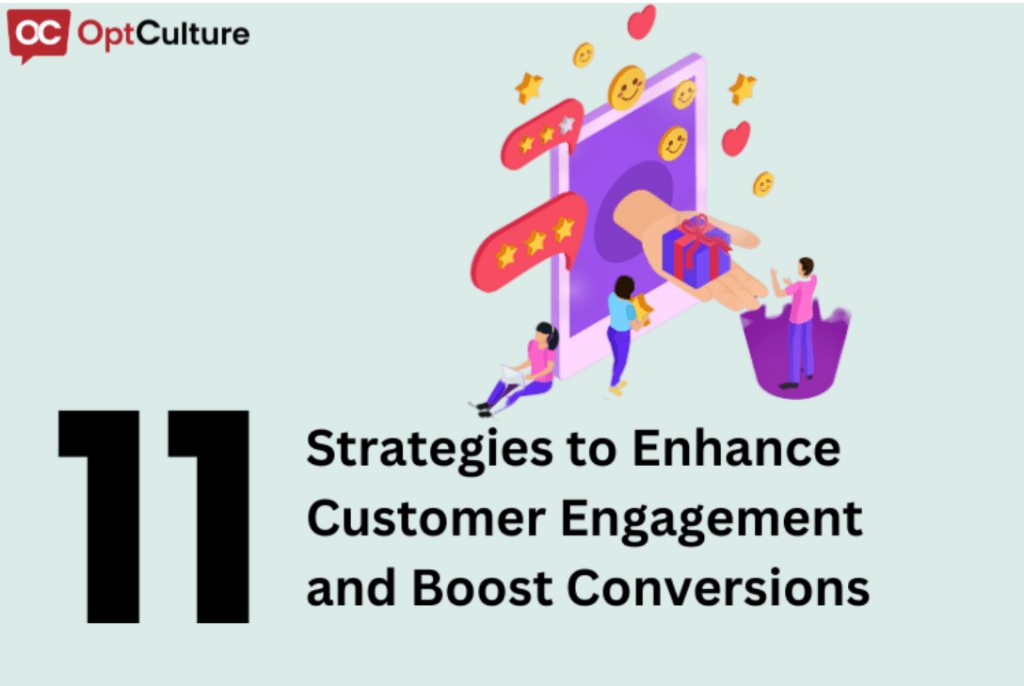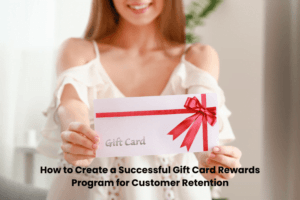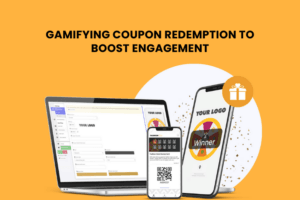
11 Strategies to Enhance Customer Engagement and Boost Conversions
Introduction:
The synergy between customer engagement and conversion rates is undeniable. Developing a loyal customer base is a gradual process influenced by numerous factors, including the frequency and quality of interactions with your brand. While theories vary on the exact number of engagements needed before a purchase, the significance of customer engagement in propelling potential customers through the sales funnel is universally acknowledged.
A well-crafted customer engagement plan turns every interaction into a golden opportunity to align with customer needs and expectations, significantly enhancing conversion rates.
Understanding Customer Engagement Strategies
A customer engagement strategy meticulously plans interactions to deliver an unparalleled customer experience, both pre-and post-purchase. It employs various communication methods to foster relationships, elevate satisfaction, and proactively nurture the customer base. An impactful strategy is quantifiable and attuned to customer feedback, allowing for adaptive measures to refine the approach based on customer input and performance metrics.
Strategies to Enhance Customer Engagement and Conversions
Your engagement strategy should cater to your customer’s interests, addressing their needs and concerns throughout their journey. The goal is to create a customer-centric approach that provides value and encourages further interaction. While strategies may vary based on your sales team, customer base, and offerings, certain tried-and-tested methods can kickstart your efforts:
Let’s delve deeper into the customer engagement strategies mentioned, providing a more detailed explanation for each.
Narrating Your Brand’s Story, Mission, and Vision:
Sharing your brand’s story connects on an emotional level with customers. It’s about more than just what you sell; it’s the ‘why’ behind your business. This strategy involves communicating your mission and vision in a way that aligns with your customers’ values and aspirations, making your brand more relatable and trustworthy.
Personalizing Interactions:
Personalization goes beyond using the customer’s name in emails. It’s about understanding individual customer preferences, purchasing history, and behaviors to tailor interactions and offers. This could mean recommending products based on past purchases, customizing email marketing content, or providing personalized customer support. The aim is to make each customer feel uniquely valued.
Emphasizing Active Listening:
Active listening involves paying close attention to customer feedback, both direct and indirect, and responding appropriately. This means not only addressing complaints or queries promptly but also picking up on subtle cues in customer behavior that might indicate preferences or dissatisfaction. Tools like social media listening and customer surveys can aid in this process.
Providing Valuable Content:
Content marketing is a powerful tool for engagement. Providing content that addresses customer problems, answers their questions, and offers valuable insights can position your brand as a trusted authority. This strategy requires understanding your audience’s needs and interests and delivering content through the channels they most frequent, whether that’s blogs, social media, or email newsletters.
Collaborating on a Mutual Plan:
A mutual action plan involves working together with your customers to identify goals, resources, milestones, and timelines. This collaborative approach ensures that both parties are aligned and committed to the engagement process. It’s especially useful in B2B relationships where the buying process can be complex and requires clear communication and cooperation.
Offering Free Benefits:
Providing customers with free resources or benefits can significantly enhance loyalty and engagement. This could be in the form of informative webinars, eBooks, or even free trials of your product or service. The key is to offer something of real value that meets your customers’ needs and interests, thereby encouraging positive perceptions and repeat business.
Leveraging Social Media:
Social media platforms offer a direct channel for engaging with customers. This strategy involves more than just posting marketing content; it’s about creating interactive opportunities for customers to engage with your brand. Responding to comments, sharing user-generated content, and participating in relevant conversations can all help to build a community around your brand.
Soliciting and Acting on Feedback:
Actively seeking customer feedback and showing that you value and act upon it can significantly improve customer satisfaction and loyalty. This might involve regular surveys, feedback forms on your website, or encouraging reviews on third-party sites. Importantly, it also requires following up on feedback received, whether positive or negative, to show customers their opinions matter.
Organizing Virtual Engagement Events:
Virtual events have become a key tool for engaging with customers, especially in a post-pandemic world. These might include product demos, Q&A sessions, or educational webinars. The goal is to provide value while also showcasing your offerings, encouraging interaction, and building a sense of community among participants.
Establishing a Customer Success Center:
A customer success center is a dedicated resource for helping customers get the most out of your products or services. This can include FAQs, how-to guides, video tutorials, and more. The focus is on empowering customers to solve problems independently while also providing easy access to support when needed
Using the Right Tools to Better Engage Your Audience:
Technology plays a crucial role in facilitating customer engagement. Customer relationship management (CRM) systems, marketing automation tools, and customer feedback platforms can all help to streamline engagement efforts. The right tools can help you manage customer interactions more efficiently, analyze data to gain insights into customer behavior and personalize communications at scale.
Conclusion
Leveraging customer interactions to create rewarding experiences is at the heart of successful customer engagement. Businesses seeking to enhance their engagement processes should consider platforms that amalgamate various strategies, simplifying the journey for both the team and prospects. By implementing a robust customer engagement plan, companies can ensure a more satisfying experience for their audience, leading to increased conversions and sustained business growth. In navigating the path to conversion, remember that the essence of engagement lies in genuine connections and providing unmatched value at every turn.





